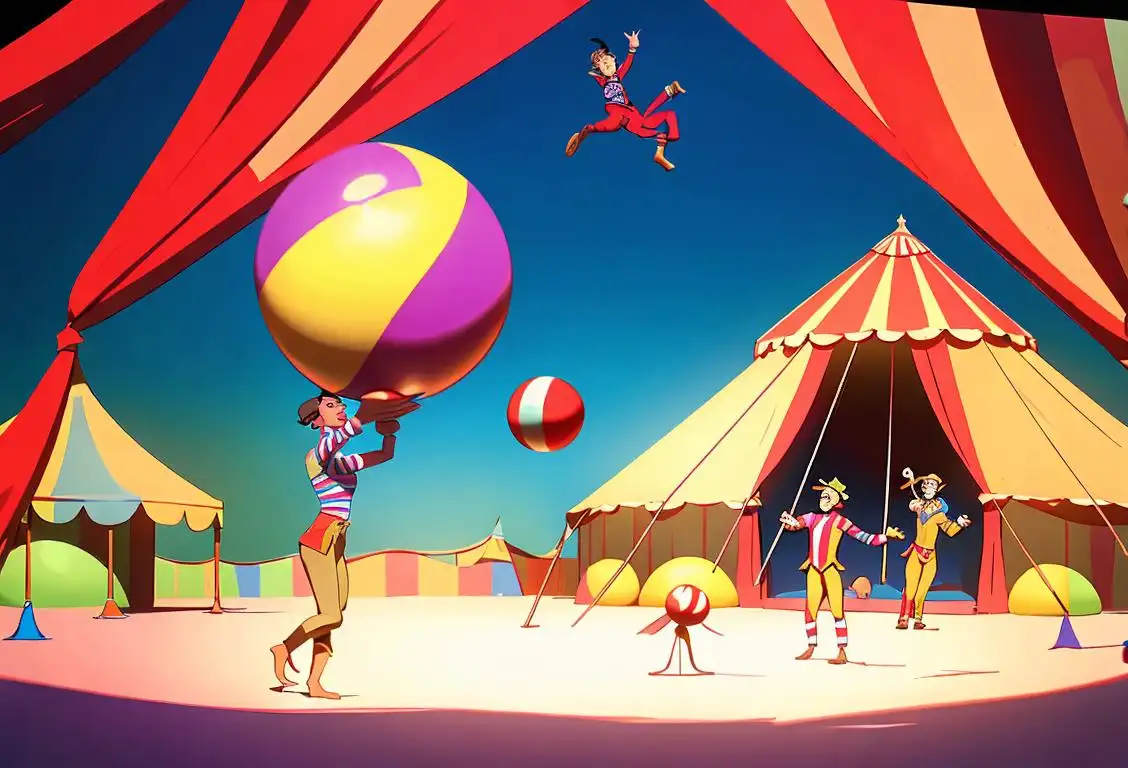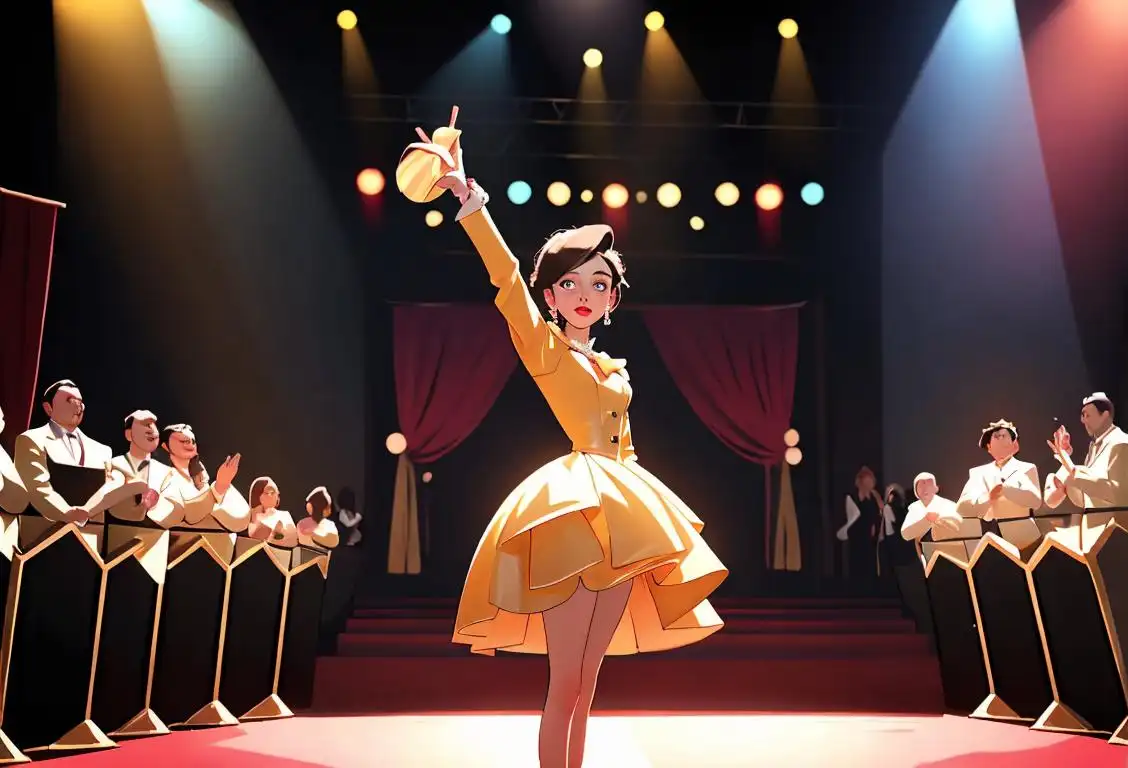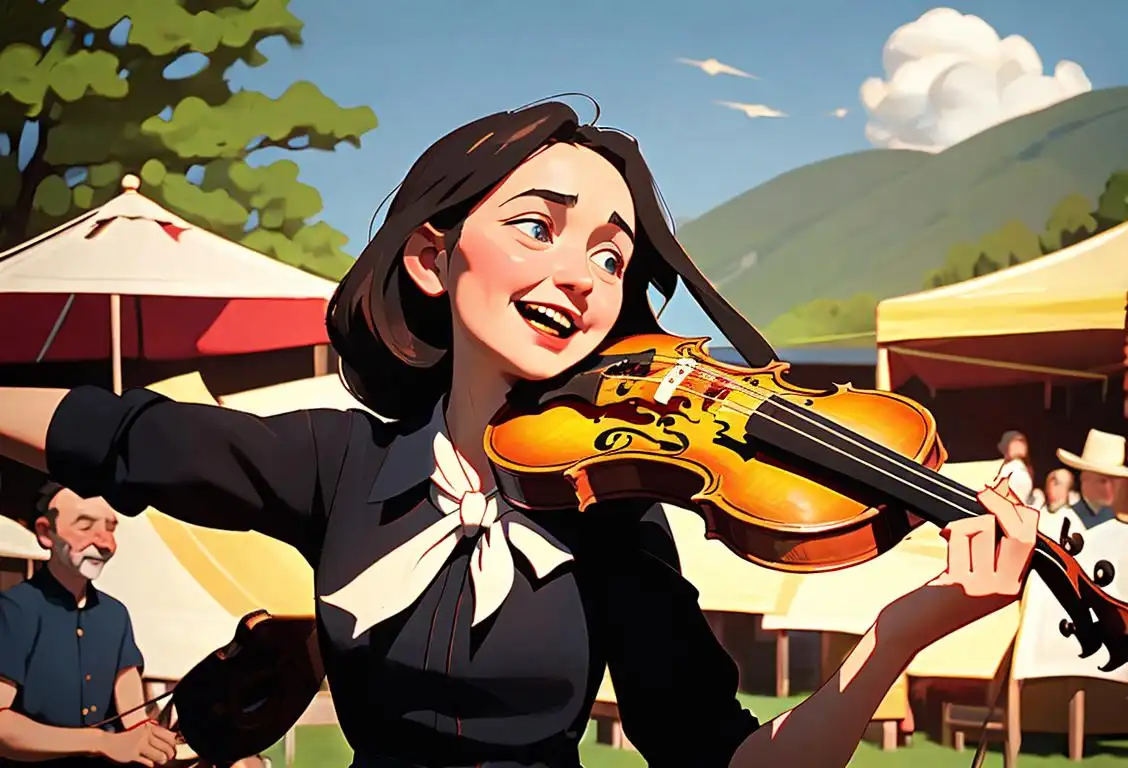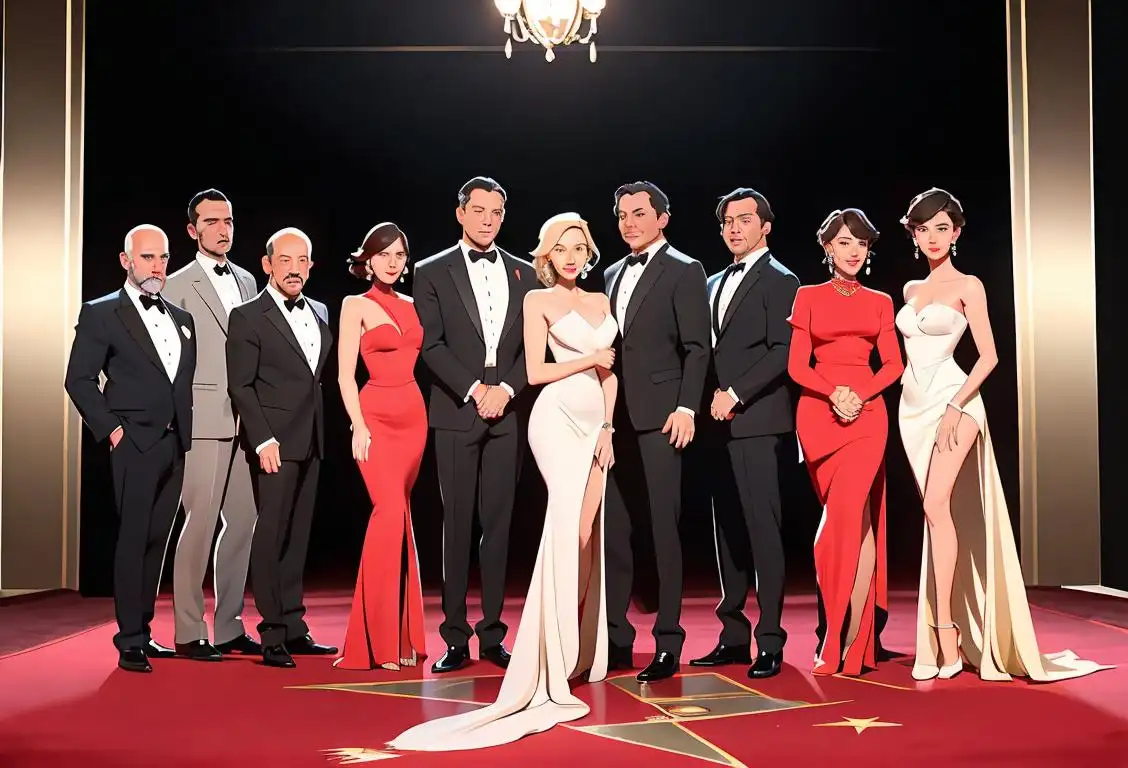National Circus Day

Ladies and gentlemen, boys and girls, welcome to the marvelous world of National Circus Day! Get ready to be dazzled and amazed as we uncover the thrilling history and fascinating facts behind this extraordinary celebration.
When is Circus Day?
It's national circus day on the 20th April.
The Spectacular Origins of National Circus Day
Step right up and prepare to witness the wonder that is National Circus Day! This entertaining holiday, celebrated on various dates around the world, pays tribute to the captivating world of circus arts and the incredible performers who bring joy and excitement to audiences everywhere.
The origins of the circus can be traced back to ancient Rome, where chariot races and acrobatic displays thrilled the crowds. However, it wasn't until the late 18th century that the modern circus as we know it today began to take shape. The legendary showman Philip Astley is credited with creating the first circus in 1768, featuring equestrian acts, acrobats, and clowns.
Since then, the circus has evolved into a worldwide phenomenon, captivating audiences of all ages with its daring acrobatics, awe-inspiring animals, and laugh-out-loud antics. National Circus Day celebrates this rich history and the enduring magic of the circus.
A Day of Celebration and Amazement
On National Circus Day, circuses of all sizes and styles come alive with dazzling performances and thrilling spectacles. It's a day to honor the incredible skills of the performers who balance, tumble, and fly through the air with grace and precision.
From trapeze artists soaring through the sky to jugglers defying gravity and clowns bringing laughter to the audience, there's something for everyone to enjoy on National Circus Day. You might even spot some daring fire eaters, mesmerizing contortionists, or fearless tightrope walkers!
Children and adults alike can take part in workshops where they can try their hand at various circus arts, such as juggling, stilt-walking, and aerial silks. It's a chance to unleash your inner performer and discover the thrill of the big top.
Did You Know?
Did you know that the word 'circus' is derived from the Latin word 'circus,' meaning 'ring' or 'circular area'? It's a fitting name for a spectacle that takes place under the iconic big top tent!
History behind the term 'Circus'
27 BC
The Beginnings: Ancient Rome
The term 'circus' traces its origins back to ancient Rome. The ancient Romans built large arenas, known as circuses, for various forms of entertainment, including chariot races and gladiator battles. These circuses were an integral part of Roman culture and attracted huge crowds.
18th Century
Introducing the Modern Circus
The term 'circus' took on a new meaning in the 18th century when it became associated with a form of entertainment that combined acrobatics, performances by trained animals, and comedic acts. The modern circus, as we know it today, originated in England and gained popularity throughout Europe.
1768
Philip Astley's Equestrian Circus
Philip Astley, an Englishman and former cavalry officer, is credited with establishing the first modern circus in 1768. He set up a ring and performed equestrian tricks, such as riding in a circle and standing on horseback. Astley's circus laid the foundation for the circus format that would later include a variety of acts and spectacles.
19th Century
The Golden Age of Circuses
The 19th century witnessed the golden age of circuses, with the establishment of several famous circus companies. P.T. Barnum's American Museum and Dan Rice's Great Show were among the most notable ones. This era saw the introduction of extravagant tents, daring aerial acts, and the inclusion of live music.
1871
The Ringling Brothers and Barnum & Bailey Circus
The merger of the Ringling Brothers Circus and P.T. Barnum's Great Show in 1871 formed the Ringling Bros. and Barnum & Bailey Circus. This circus became the largest and most well-known in the world, often referred to as 'The Greatest Show on Earth.' It toured extensively, showcasing a wide range of acts and animal performances.
20th Century
Circuses in Popular Culture
Throughout the 20th century, circuses continued to captivate audiences and became an iconic part of popular culture. They inspired books, such as 'Water for Elephants' by Sara Gruen, and movies, like 'The Greatest Show on Earth' directed by Cecil B. DeMille. The allure of the circus extended beyond the traditional circus tent.
Did you know?
Did you know that the word 'circus' is derived from the Latin word 'circus,' meaning 'ring' or 'circular area'? It's a fitting name for a spectacle that takes place under the iconic big top tent!Tagged
fun celebration entertainmentFirst identified
20th April 2015Most mentioned on
20th April 2015Total mentions
22Other days
Ranking Day
Audience Day
Awards The Day
Dab On Britbongs Day
Fiddle Day
Greys Anatomy Fan Appreciation Day
Radio Hall Of Fame Day
Starwars Day
Actors Day
Fucking Idiot Day







